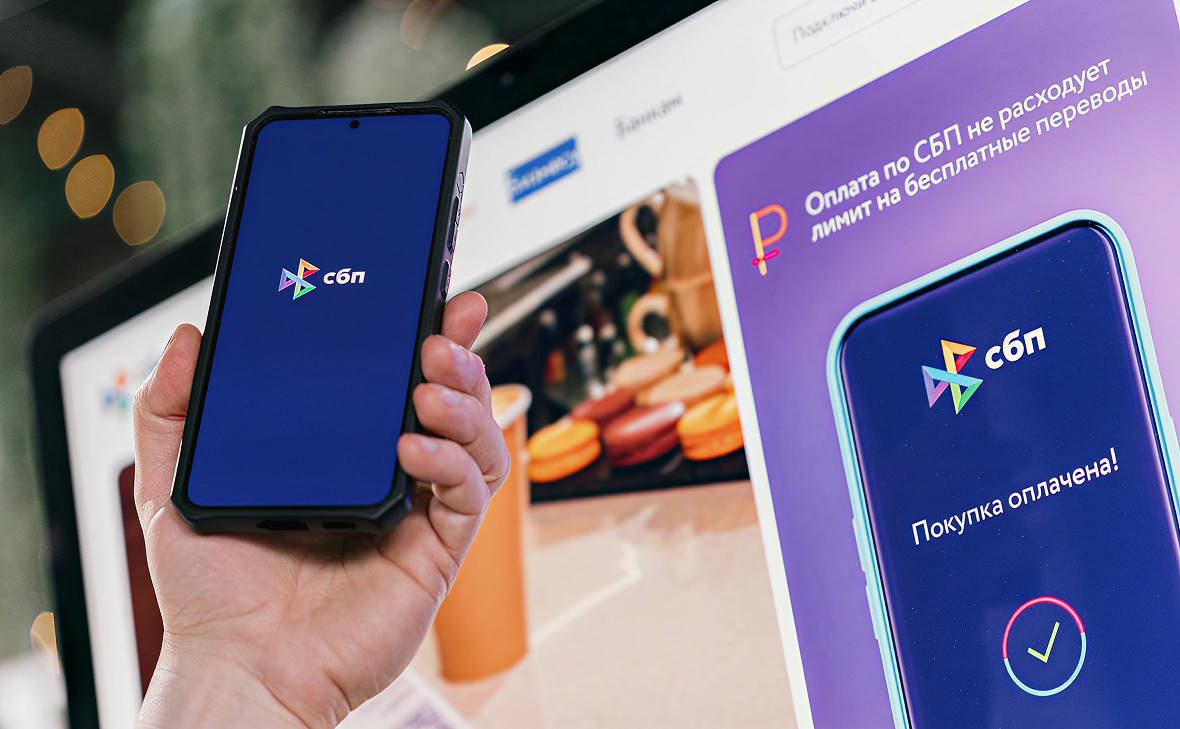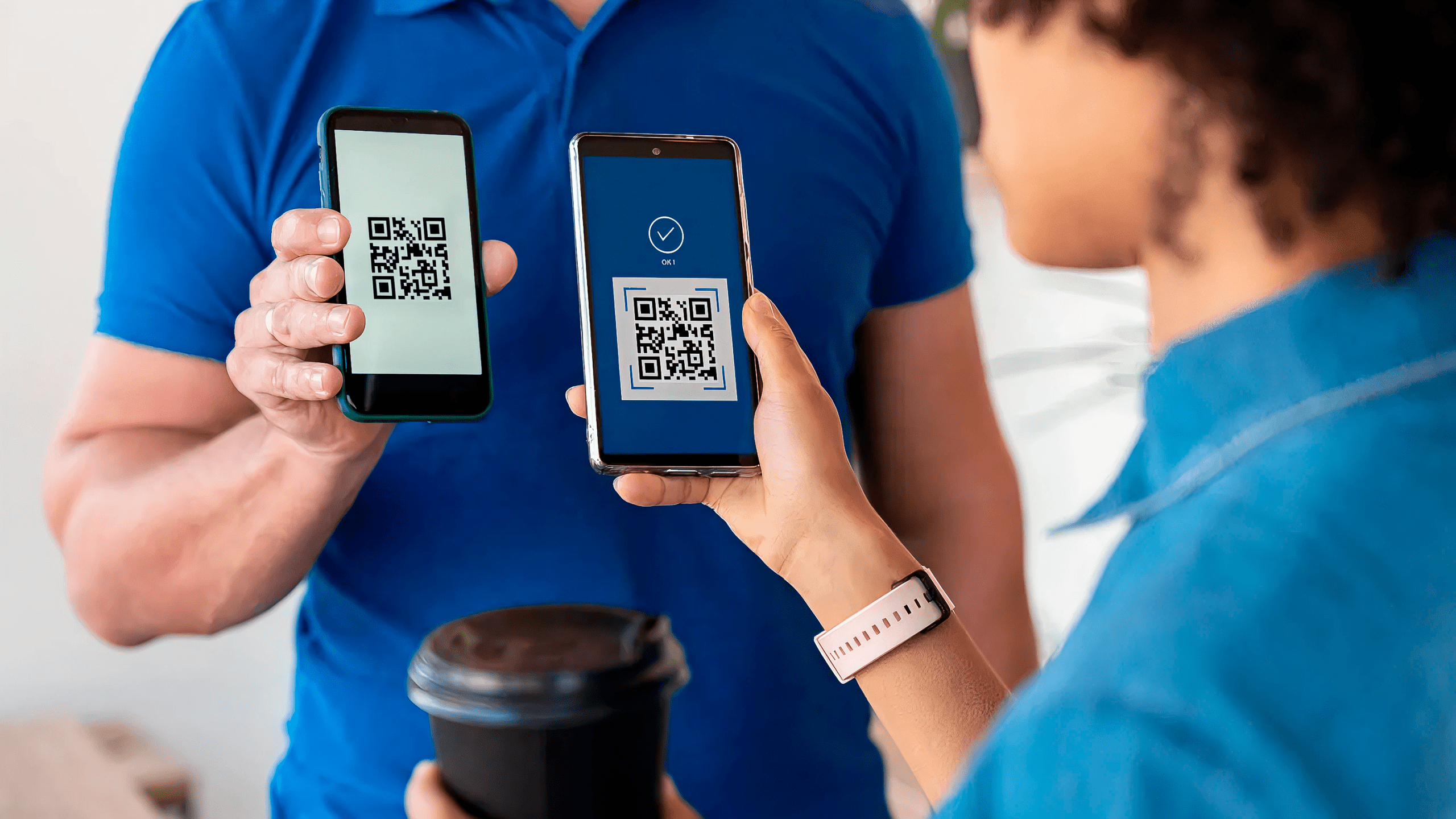
From SBP and Mir cards to the digital ruble: how Russia’s payment system is developing in 2025
Photo: Mikhail Grebenshchikov / RBC
Ten years ago, the idea that Russians would pay for coffee directly in a mobile bank, without a bank card, seemed fantastic. And the assumption that the national Mir system would be able to displace international payment services and become the main one in the country was perceived as utopia. But technology is developing rapidly, and with it the financial reality is changing.
Today, we see how the digitalization of the banking sector is changing user habits step by step: from the mass introduction of Mir cards to the widespread use of the Fast Payment System (SBP). Against this background, it becomes obvious that the digital ruble in Russia is no longer a hypothesis, but an inevitable stage. Moreover, its implementation may happen faster than many expect.
In fact, we are talking not just about a new payment tool, but about Russia’s digital national currency, which is capable of transforming both retail payments and the corporate segment. And the transition to this format is not a matter of “if”, but “when”.
From the SBP to the digital ruble: how the transformation of payments began
The story began with a simple idea: to make transfers between individuals as convenient and accessible as possible. In 2019, the Bank of Russia launched a pilot project of a Fast Payment System in Russia. From the very first days, this technology made it possible to transfer money around the clock and without commission, and it seemed to many that this would only be an additional function of mobile banking.
But practice has shown the opposite. Two factors have ensured mass success: simplicity and large-scale coverage. To use the service, it is enough to know the recipient’s phone number — no banking details, terminals, or lengthy confirmations. The country’s largest banks quickly implemented the SBP connection for businesses and private clients, which made the system universal and convenient for both retail users and financial organizations.
According to the Financial Market Association (AFA), in the first half of 2024, the share of transfers through the fast payment system for banks reached 68% of interbank turnover. And in the first quarter of 2025, the total volume of operations exceeded 22 trillion rubles. In fact, transfers through the fast payment system have ceased to be an option “for convenience” and have become a full-fledged alternative to traditional payments.
Today, this experience is considered as the foundation for future reforms. If the SBP in financial institutions has proved the relevance of instant transfers, then the next step will be the introduction of the digital ruble in Russian payment systems. This new technology will combine the convenience and speed of the SBP with the security and state guarantee of the Central Bank.
The Mir Card as the foundation for Russia’s digital currency
If the SBP has become a symbol of convenient transfers, then the national Mir cards have become a symbol of the stability and independence of the Russian financial system. Even before 2022, Mir was perceived as a government initiative that existed against the background of Visa and Mastercard. But after the sanctions were imposed and most banks were disconnected from international systems, the situation changed: Mir ceased to be a backup option and became the main settlement tool. For millions of people, payment security has ceased to be an abstract concept and has become a real need — and it is precisely this task that the national system has been able to solve.
According to the National Payment System (NPS), by June 2024, the number of issued Mir cards exceeded 150 million, with most of them in active use. This means that almost every Russian has such a card, whether it’s a salary card, a social card, or a regular debit card. At the same time, the failure rate when paying with a Mir card decreased to less than 1%, which is comparable to the indicators of global payment systems until 2022.
It is also important that the issue of Mir cards is growing not only in public, but also in private banks. Sberbank, VTB, Tinkoff, Alfa-Bank actively issue such cards, including premium versions with cashback and bonuses. This confirms business confidence in the national payment infrastructure and indicates its maturity.
The main value of Mir lies not only in the number of cards issued, but also in its strategic role: the system has helped the country maintain its payment infrastructure in the face of external pressure. Moreover, it has become a catalyst for the development of its own technologies, logistics and ecosystem, which is now ready for the next step — the introduction of the digital ruble in Russia as a new means of payment.
The Digital ruble as Russia’s new means of payment
The digital ruble is not just an electronic version of paper money. We are talking about a fundamentally new tool that combines the advantages of cash and non-cash payments: convenience, speed, transparency and a high level of security. The digital ruble is stored in a special electronic wallet that can be linked to a mobile application. Its use is possible both for retail purchases and for corporate settlements — that is, we are talking about a digital ruble for business, which opens up new scenarios for use in the economy.
The main difference from traditional formats is that each transaction is recorded in the centralized system of the Bank of Russia. This ensures control and transparency at all levels, reduces fraud risks, and increases trust in Russia’s new digital currency.
To draw an analogy, the digital ruble can be compared to a modern smartphone: one tool combines functions that previously required multiple solutions. This is not just an electronic copy of cash, but a product that combines the speed of the Rapid Payment System (SBP), the reliability of Mir cards and the state guarantee of the Central Bank. Moreover, the introduction of the digital ruble into banks opens up new opportunities for the economy: controlling the targeted use of budget funds, reducing shadow turnover and increasing transparency of large federal projects.
The experience of mass implementation of SBP and national Mir maps shows that Russians are quickly adapting to new payment formats. Therefore, there is no doubt that the use of the digital ruble will eventually become familiar to millions of citizens. Especially considering that the pilot project has already started, and the digital ruble is entering an active testing phase in 2025. According to the Bank of Russia’s plans, the large-scale use of the new currency will begin as early as 2026.
Blog

Development of an online acquiring platform: architecture, payment gateway, Back Office and a turnkey merchant portal

Unified QR Standard: how the payment market is moving to a new infrastructure

Back office under pressure: how outdated software slows down banks – and what to do about it

Custom development for fintech: why you should outsource a project
